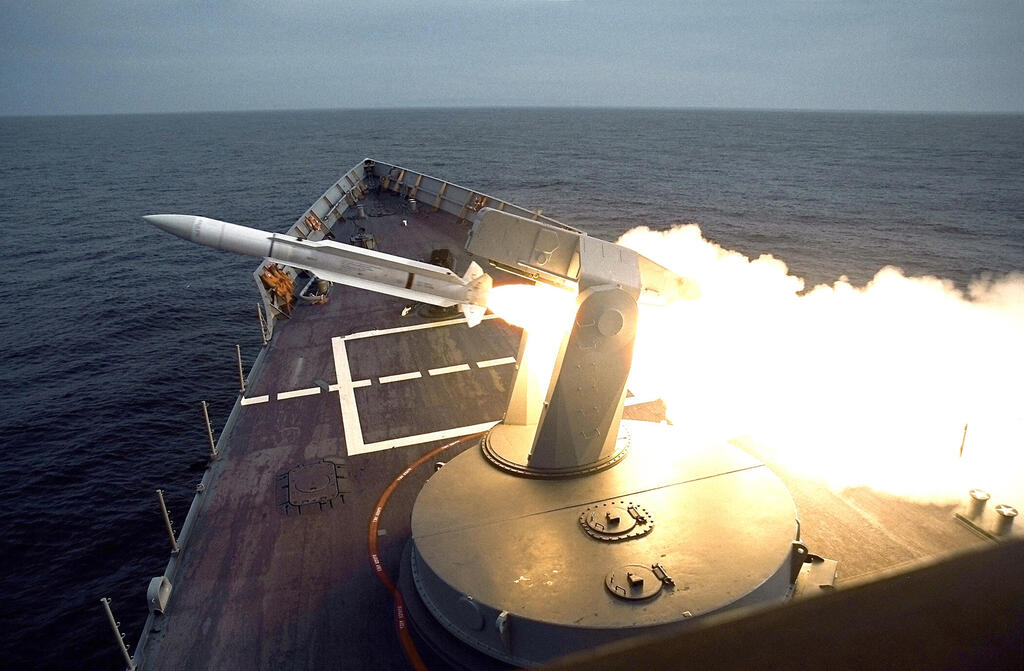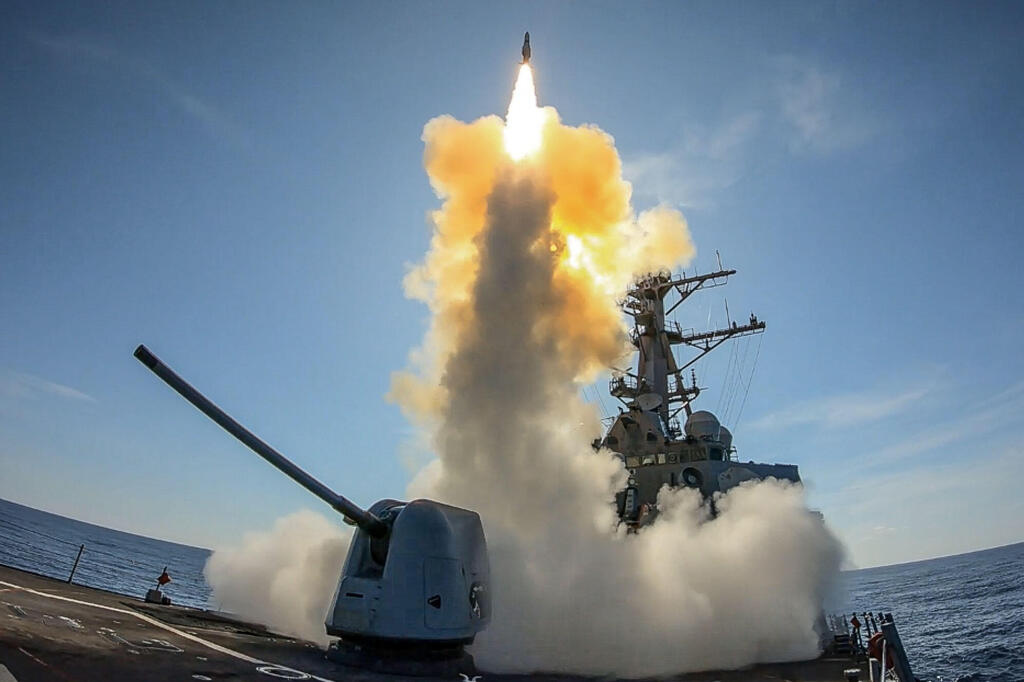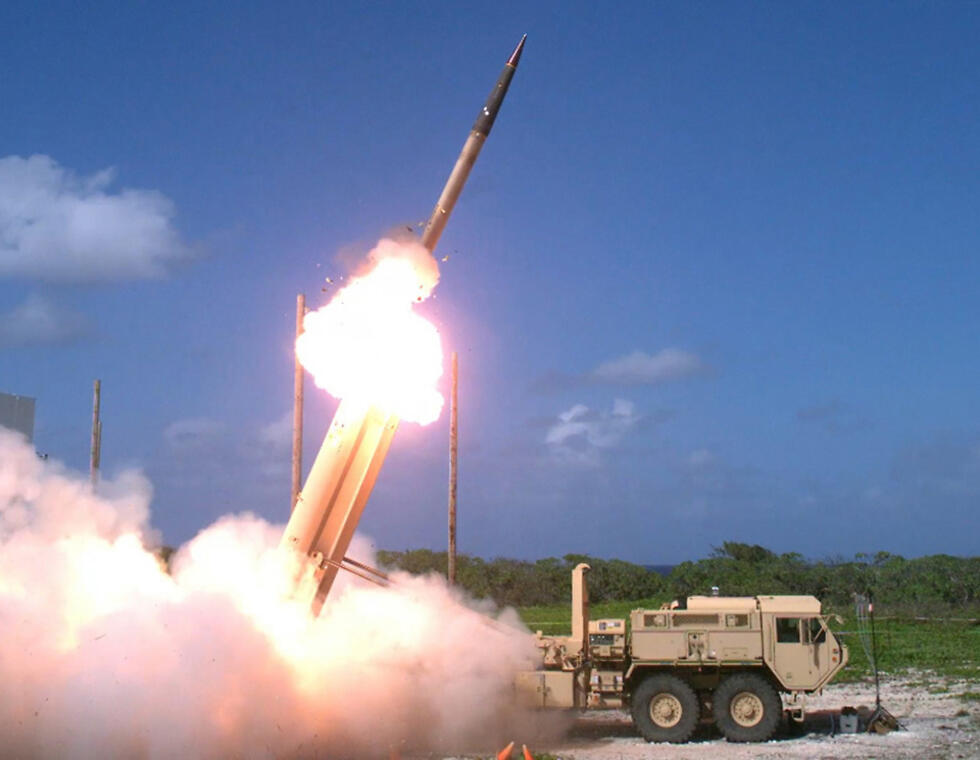Getting your Trinity Audio player ready...
The U.S. is facing a significant depletion of interceptor missiles after over a year of backing Israel in the Gaza conflict, as reported by the Wall Street Journal. This drain on U.S. military stockpiles is sparking anxiety in Washington over its readiness to respond to new potential flashpoints in Europe, the Middle East, and the Pacific, where tensions with China, poised to invade Taiwan, are escalating.
American officials informed the paper that concerns about a potential missile shortfall have intensified following Israel’s recent strike on Iran, which might provoke Iranian retaliation with another salvo of ballistic missiles. The shortage pertains mainly to guided missiles from the AEGIS system, deployed on some U.S. Navy destroyers. These ship-launched missiles, pivotal in protecting Israel over the past year against direct Iranian assaults in April and early October, are the SM-3 models, each costing $15 million.
These interceptors are essential for U.S. efforts against drone and missile attacks by Houthi rebels in Yemen targeting Israel and commercial vessels in the Red Sea and Gulf of Aden. Since the conflict’s onset on October 7 of last year, the U.S. has reportedly fired over 100 "Standard" missiles.
The Pentagon has declined to disclose the exact number of interceptors in its arsenal to prevent this information from being leveraged by Iran and its proxies. "Over the past year, the Department of Defense has adjusted its regional deployments to protect U.S. forces and aid in defending Israel, while considering U.S. readiness and stockpiles," stated Pentagon spokeswoman Sabrina Singh.
The Wall Street Journal highlights the challenges the U.S. faces in ramping up production of these missiles. The main hurdle is the reluctance of U.S. companies to invest heavily in new production lines without guarantees of sustained Pentagon purchases. Carlos Del Toro, a senior Pentagon official overseeing the Navy, noted some progress in producing two models of Standard missiles, but acknowledged significant obstacles remain in boosting production. "The more sophisticated the missile, the harder it is to manufacture," he explained.
These missiles are pricey, with each costing several million dollars, and the U.S. often launches two interceptors per detected threat. According to Navy data, since the war began last year, the cost of interceptions by American ships against Iranian and Houthi missiles and drones has reached $1.8 billion. A U.S. congressional source expressed frustration, stating, "These are very expensive munitions to shoot down subpar Houthi targets," noting the significantly lower production costs for Iranian missiles and drones. "Each interceptor takes months to replace at a very high cost."
U.S. sources also voiced concerns about the Pentagon's ability to replenish its stocks as quickly as they're depleted. Adding to this strain is the extensive military assistance the U.S. is channeling to Ukraine, embroiled in a protracted conflict with Russia for over two and a half years. "The U.S. hasn't developed a defense industrial base designed for large-scale attrition wars in both Europe and the Middle East while maintaining readiness standards," remarked Elias Youssef, a security researcher at the Stimson Center in Washington. "These are prolonged conflicts not accounted for in U.S. security planning."
RTX, the company developing Standard missiles, can produce several hundred annually. However, not all are destined for the U.S., as the company serves 14 other countries. As part of the "arms economy," during the Iranian attack on October 1, the U.S. and the Israeli Defense Forces sometimes refrained from intercepting certain missiles if they weren't targeting sensitive areas. Deployment of the THAAD air defense system to Israel is reportedly linked to concerns about the Standard missile shortage, as THAAD uses different missiles. The Pentagon has also sent additional Patriot batteries to the Middle East, despite their own limitations, as they are also being dispatched to Ukraine.
American sources and commentators have warned that the rapid depletion rate of missiles could leave the U.S. "more exposed" to potential conflicts in the Pacific, where concerns over China's aggressive behavior are rising. "We've depleted a year's worth of Standard missiles, meant to bolster our defenses against China," Mark Montgomery, a former U.S. Navy admiral and senior fellow at the Foundation for Defense of Democracies, told the newspaper.
THAAD missile battery
(Video: Reuters)
Ynet analyst Ron Ben-Yishai noted that the agreement with the U.S. to deploy the THAAD air defense system in Israel stemmed as much from American constraints as from Israeli needs. IDF requires additional American interceptors and launchers to counter potential massive Iranian missile barrages. In such scenarios, the more missiles launched in a single or dual salvo to overwhelm defense systems, the more interceptors, launchers, and radars are required.
Israel has multiple layers of interceptor missile systems. At the top is the Arrow 3 system, targeting missiles hundreds of miles outside the atmosphere. Below it is Arrow 2, intercepting missiles near the atmospheric boundary, over 62 miles away. Further below is David's Sling, designed for defense against long-range missiles within the atmosphere. The lowest layer is Iron Dome, providing localized protection and intercepting short-range missiles within about 62 miles.
Get the Ynetnews app on your smartphone:







